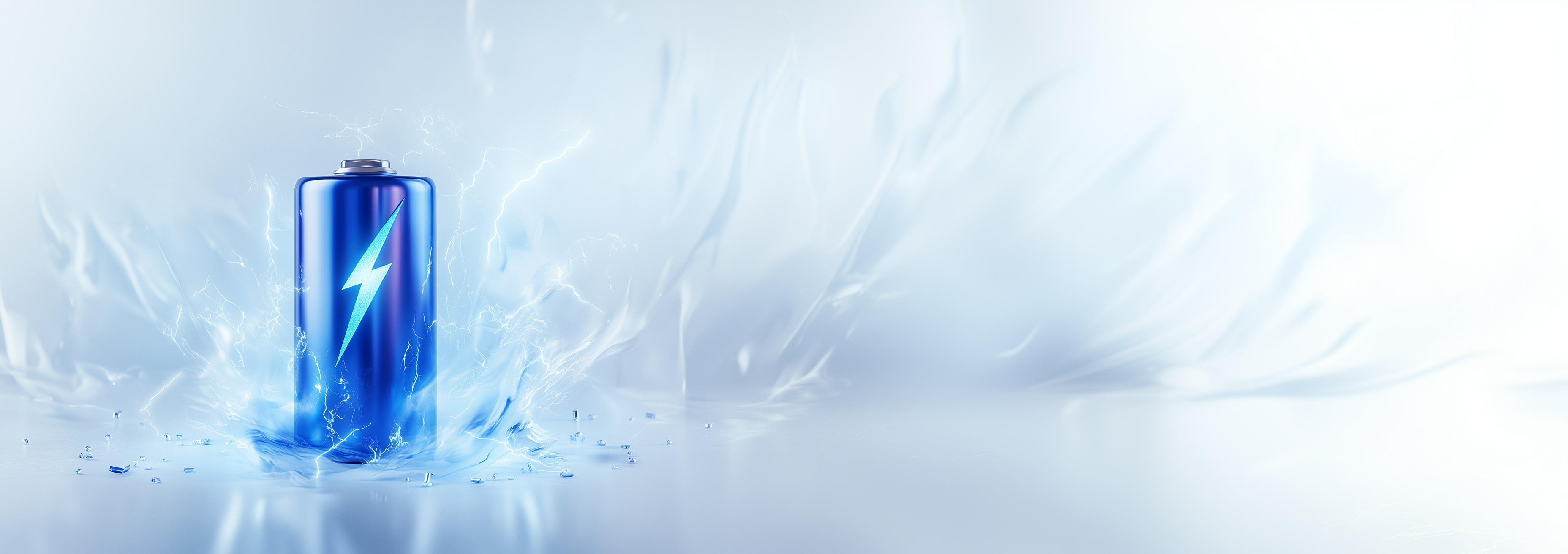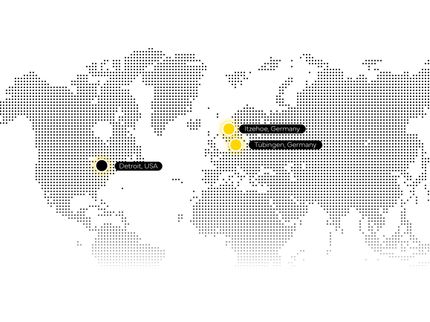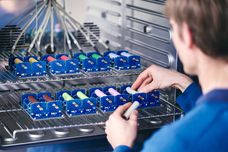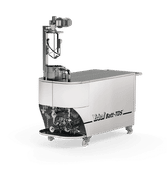Novel redox-active metal-organic framework as an anode material for Li batteries operating in freezing conditions
Achieved a discharge capacity five times higher than that of graphite anode material, even in environments as low as minus 20 degrees Celsius
The Korea Institute of Energy Research (KIER) has developed a redox-active metal-organic hybrid electrode material (SKIER-5) for Li batteries that remains stable in cold conditions as low as minus 20 degrees Celsius. By addressing the limitations of graphite as an anode material of conventional Li batteries under freezing conditions, SKIER-5 has the potential to be a superior alternative. This novel material can be used in Li batteries for a variety of applications, including electric vehicles, drones, and ultra-small electronic devices, even in low temperatures.

SKIER-5 developed through the oxidation reaction of trianthrene and nickel ions (from left to right trianthrene, nickel, SKIER-5)
KOREA INSTITUTE OF ENERGY RESEARCH

Group photo of the research team (from left to right Dr. Kanghoon Yim, Dr. Jungjoon Yoo, Dr. Hyunuk Kim)
KOREA INSTITUTE OF ENERGY RESEARCH


Currently, graphite is the conventional material used for anodes in lithium-ion batteries due to its thermodynamic stability and low cost. However, batteries with graphite anodes have significant drawbacks: their storage capacity sharply decreases at subzero temperatures, and dendrites can form on the anode surface during charging. This can lead to thermal runaway and potential explosions.
A research team led by Dr. Jungjoon Yoo, Dr. Kanghoon Yim, and Dr. Hyunuk Kim at KIER has developed a redox-active conductive metal-organic framework called 'SKIER-5'. This framework is assembled from a trianthrene-based organic ligand and nickel ions. SKIER-5 exhibited a discharge capacity five times higher than that of graphite in subzero environments.
SKIER-5 anode achieved a discharge capacity of 440 mAh/g, surpassing the 375 mAh/g of a graphite electrode at room temperature. Notably, after 1,600 charge-discharge cycles, the capacity increased by approximately 1.5 times (600 mAh/g). This is an exceptional result, as discharge capacity typically decreases with repeated charge-discharge cycles.
The research team confirmed the redox mechanism of SKIER-5 using high flux X-ray analysis at the Pohang Accelerator Laboratory. Unlike graphite, SKIER-5, which includes nickel ions and heteroatoms (N, F, S)-based organic ligands, interacts with Li ions to trigger redox reactions involving electron transfer. This process allows for increased electron storage, leading to a higher discharge capacity.
Notably, SKIER-5 achieved a discharge capacity of 150 mAh/g, which is five times higher than that of graphite at minus 20 degrees Celsius. This enhanced performance is attributed to SKIER-5’s lower minimum energy threshold for initiating chemical reactions compared to graphite. Consequently, SKIER-5 maintains stable performance in low-temperature environments where reaction rate typically decrease.
*Activation Energy (eV): The minimum energy required to initiate a chemical reaction, [SKIER-5 (0.23 eV) < Graphite (0.6 eV)].
The operating principle of SKIER-5 was validated using first-principles calculations based on quantum chemistry. The research team first determined the crystalline structure of SKIER-5, which was consistent with X-ray structural analysis, and predicted lithium adsorption sites to predict the material’s theoretical capacity and reaction voltage via calculation. The predicted values closely matched the experimental results, confirming the origin of the excellent performance of SKIER-5’s as a Li battery anode.
Original publication
Yogendra Kumar, Tae Hyeong Kim, Iyan Subiyanto, Winda Devina, Segi Byun, Subhajit Nandy, Keun Hwa Chae, Suim Lim, Bumjin Kim, Sanghui Kang, Seong Ok Han, Kanghoon Yim, Jungjoon Yoo, Hyunuk Kim; "Redox-active conductive metal–organic framework with high lithium capacities at low temperatures"; Journal of Materials Chemistry A, 2024
Other news from the department science
These products might interest you
Most read news
More news from our other portals
See the theme worlds for related content
Topic World Battery Technology
The topic world Battery Technology combines relevant knowledge in a unique way. Here you will find everything about suppliers and their products, webinars, white papers, catalogs and brochures.

Topic World Battery Technology
The topic world Battery Technology combines relevant knowledge in a unique way. Here you will find everything about suppliers and their products, webinars, white papers, catalogs and brochures.






























































